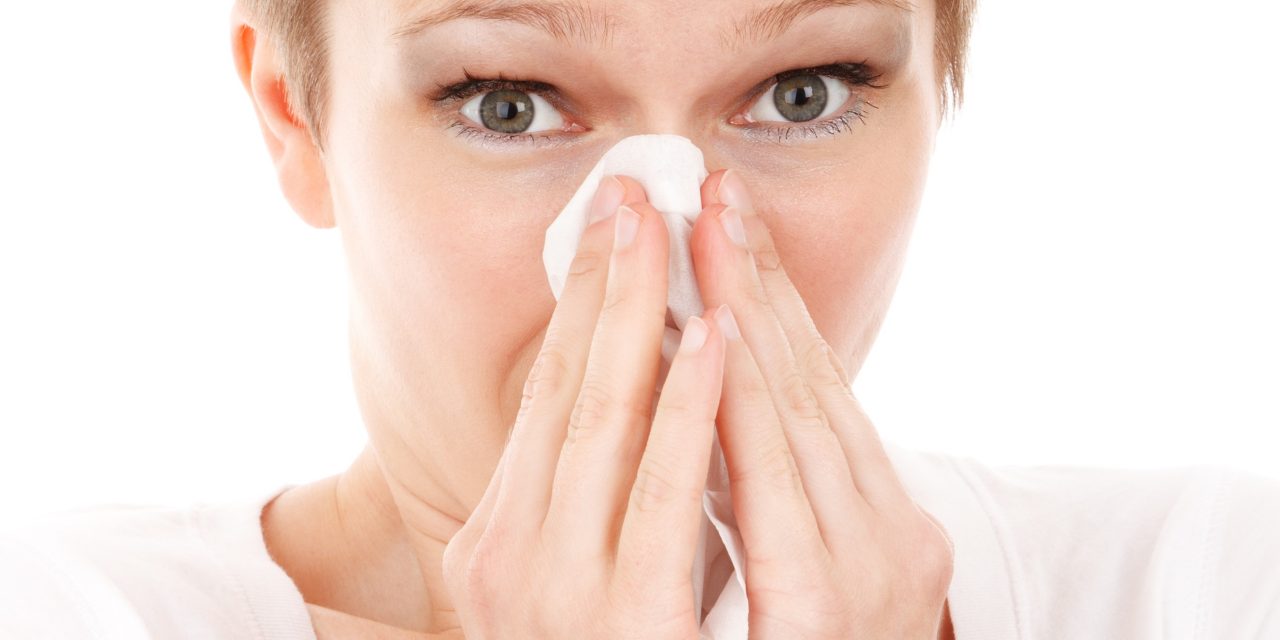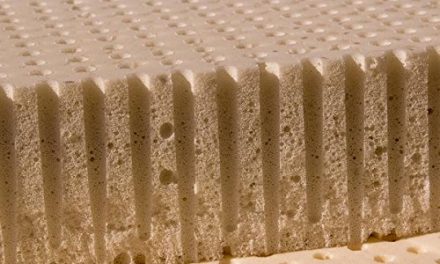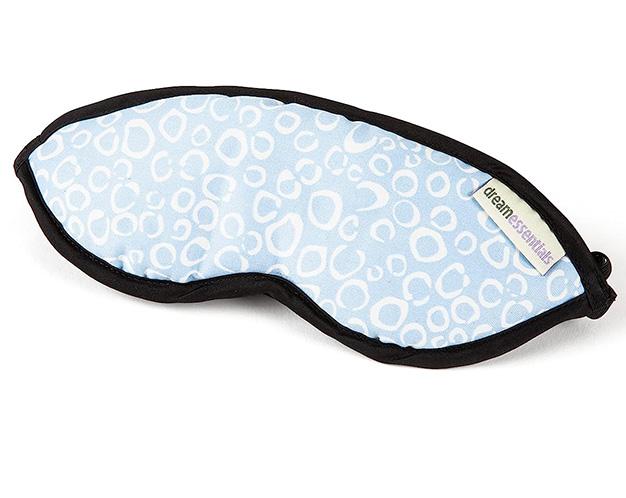Table of Contents
Did you know that millions of people around the country suffer from allergies? Statistics show that there has been a fifty percent increase in food allergies in children between 1997 and 2011.
An allergy is when the body’s immune system overreacts to a substance. You may be allergic to grass seeds, peanut butter, or just about anything else. The symptoms can range from very minor to severe and potentially even life-threatening.
Allergies seem to have become far more prevalent in recent decades, and scientists are still studying how they happen and what to do about them.
In fact, many people are actually allergic to latex products. For example, common latex rubber gloves can’t even be worn by some people due to allergic skin reactions.
What About Latex Allergies?
Not everyone who suffers from allergies has a latex allergy, but 800 000 people in the US are allergic to rubber latex products. It may be partly because latex was seeing more common use in household items, and also because not as much was known about allergies in general.
If you do happen to have a sensitivity to latex, you’ll also be aware that it’s contained in many common items, such as rubber gloves, flooring materials, clothing, and many more products. This can make it difficult to avoid coming into contact with products that contain latex.
Contact and non-contact with latex
Many people are concerned about having an allergic reaction to natural latex because of the prevalence of natural latex allergies, particularly with people that need to wear rubber latex gloves as part of their work. In this case, there is direct contact between the latex glove and the skin. Additionally, part of the powder that is contained in latex gloves becomes airborne when you take them on and off. Other factors such as chemicals that are used during the manufacturing process and make up the glove material can irritate the skin.
People that need to wear latex gloves for work sometimes have to wear them for long periods of time, which can lead to allergic contact dermatitis. This condition is a result of exposure to the chemicals that are used during the manufacturing process.
In the case of natural latex mattresses, you will not be in any contact with the latex foam.
What Are the Symptoms of a Latex Allergy?
If you have a latex mattress allergy or a latex pillow allergy, allergies share common symptoms. These symptoms include:
- Skin rashes and hives
- Dry and itchy areas of the skin
- Sneezing and coughing
- Runny nose and watery eyes
- Itchiness in the throat or ears
- Nausea
- Cramps in the abdomen
While many people have generally mild symptoms, some people react severely and may face life-threatening reactions. For example, many people with allergies develop respiratory symptoms that include a tight chest, wheezing, and trouble breathing. If a person already has a respiratory condition such as asthma, a severe allergic reaction can cause them to struggle to breathe. This is when it is wise to administer an Epi-pen product.
Are There Any Common Latex Allergy Symptoms?
When it comes to latex allergies, the most common symptom is dry, red, and itchy skin. For people who wear latex rubber gloves, this can be a real problem, unless they invest in latex-free gloves. Having said that, some people do experience more severe symptoms upon exposure to latex, and this is when it can become a concern.
Should You Really Be Concerned About Latex Mattresses?
If you think you have a latex mattress allergy, should you be worried about buying a new mattress with latex in it?
Here’s the bottom line about natural latex mattress and allergies: even if you have a latex allergy, you can still buy a latex mattress, and here’s why:
- Cold Dipped Latex
The reason that many people are allergic to latex is because of certain proteins that are found in it. These proteins come into contact with the skin and then cause an allergic reaction.
The good news is that most latex mattresses don’t contain these proteins or they contain far less of them. Latex mattresses are composed of a big chunk of latex and the way it is constructed makes it far less likely for the proteins to cause an issue.
When a latex mattress is being made, the latex is washed quite a number of times. This process helps to wash away the natural proteins that cause allergy problems. Furthermore, the latex is also baked in high heat, and this also destroys any remaining proteins. As such, modern latex mattresses are unlikely to cause problems, even to those who have a latex allergy. The same applies to latex pillow allergy symptoms and how latex pillows are made. If you want to buy a latex pillow, just make sure that it has been through a cold dipped process.
- Non-Contact
If you happen to have a serious allergy to latex, you’re probably always going to be concerned about being in contact with the latex mattress. You may still feel this way even if you know that the latex mattress has been made and processed in such a way as to make it very unlikely for the allergy-causing proteins to survive.
The good news is that any latex mattress you get will be covered with wool, and it will also likely have a cotton layer on the outside of it. This means that your skin will never actually come into contact with the latex and you’ll not suffer any allergy symptoms.
What If You Still Have an Allergic Reaction?
You may be a person who tends to suffer from multiple allergies. In these cases, you may be sleeping on a latex mattress and still have allergic reactions. In this scenario, it would be unlikely to be the latex, due to the reasons listed above. So, what could be going on here?
- Allergies to Mold, Insects, and Mildew
A natural latex mattress and allergies are not necessarily related to each other. When we sleep on a mattress, it accumulates flakes of dry skin. This attracts dust mites, and these dust mites can trigger allergic reactions in some people, including respiratory distress.
Additionally, pillows, sheets, mattresses, and even mattress coverings can become a home for mould and mildew. Under the right conditions, mold will certainly grow, and it may not even be in the bed itself. Black mold, for example, causes many allergic reactions and most people don’t even know they are sensitive to mold spores.
Natural latex is also resistant to the growth of fungus, mildew, and mold. This makes it far less likely to cause allergies.
- Allergy to Wool
The other common problem is that some people have an allergy to wool. It can cause skin itchiness and even rashes in those who are sensitive to it. Because many latex mattresses contain wool as a fire barrier, it’s likely that this is causing an allergic reaction rather than the latex itself.
What Precautions Can You Take If You’re Worried?
It’s always wise to take precautions if you have allergies, and most certainly if you have an allergy to the proteins in latex products. So, what steps can you take to make it less likely you’ll have an allergic reaction? Consider the following:
- Choose Your Mattress Carefully
If you’re in the market for a latex mattress, make sure that you invest in an anti-allergy latex mattress. These latex mattresses have been cold dipped and prepared so that there are no remaining proteins to cause irritation and allergies in sensitive people.
The other good news is that an anti-allergy latex mattress, and indeed all latex mattresses, have become so popular because they naturally resist the growth of mold and mildew. This natural resistance means that there are fewer allergens in the environment and a minimized chance of suffering from an allergic reaction.
- Talk to a Doctor
It’s also wise to talk to your local doctor. They can refer you to an allergy specialist if you suspect you might have an allergy to latex or any other product in your environment.
The specialist can conduct testing to check whether you have any allergies. This will tell you if you have a latex allergy and then you can formulate a plan that will allow you to manage it.
- Test the Latex Mattress First
If you’re looking at switching to a latex mattress, it’s a good idea to test out your sensitivity to it first. Some people like to take a small sample of the latex mattress and handle it. Any sensitivities will show up quickly, and it will also inform you whether the latex mattress product is going to cause an issue.
The better way to approach this is to actually test drive the latex mattress first. Many latex manufacturers allow potential customers to have a free trial period of ownership. If, after buying the latex mattress, there is some allergic reaction to it, then it can be returned without penalty.
Conclusion
Those who have a latex allergy will most likely do their best to avoid contact with it. The proteins in the latex cause the allergy, and the symptoms can range from mild to severe. It is best to avoid latex mattresses too in this context, but most modern latex mattresses are manufactured not to cause an allergic reaction.
If you do happen to suffer from allergies, including latex, don’t let this put you off buying a latex mattress. Certainly, it’s always wise to discuss these issues with your local doctor and specialist first. It’s also a good idea to talk to the mattress company too and ask them what their policy is on “test driving” any of their latex mattress and latex pillow products. As with anything in life, it’s wise to be careful and exercise some caution.

















